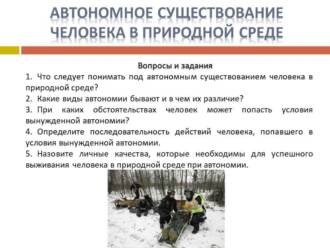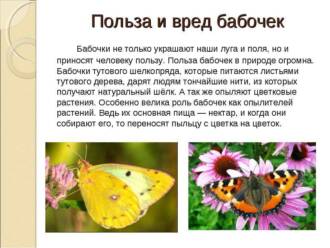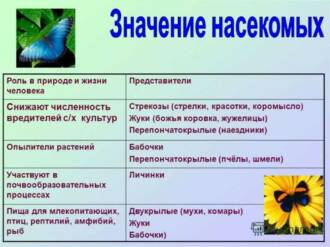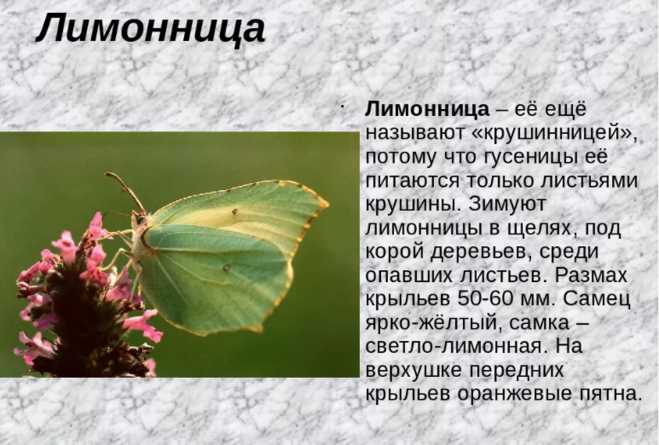
Butterflies are one of the most beautiful and amazing creatures of nature. They have unique wings that contain a variety of patterns and colors that make us admire their beauty. But the beauty of butterflies is only one of their amazing features.
Butterflies are essential plant pollinators. They are one of the main pollination agents and have an important role in preserving forest biodiversity. Thanks to their structure and behavior, butterflies transfer pollen from one flower to another, facilitating the pollination process and ensuring plant reproduction.
However, butterflies are not only useful pollinators, but also important indicators of the ecological state of forests. Their presence or absence in certain areas can indicate the quality of the ecosystem. Changes in butterfly abundance and species diversity may indicate possible problems in the ecological sustainability of forest communities.
Variety of butterfly species
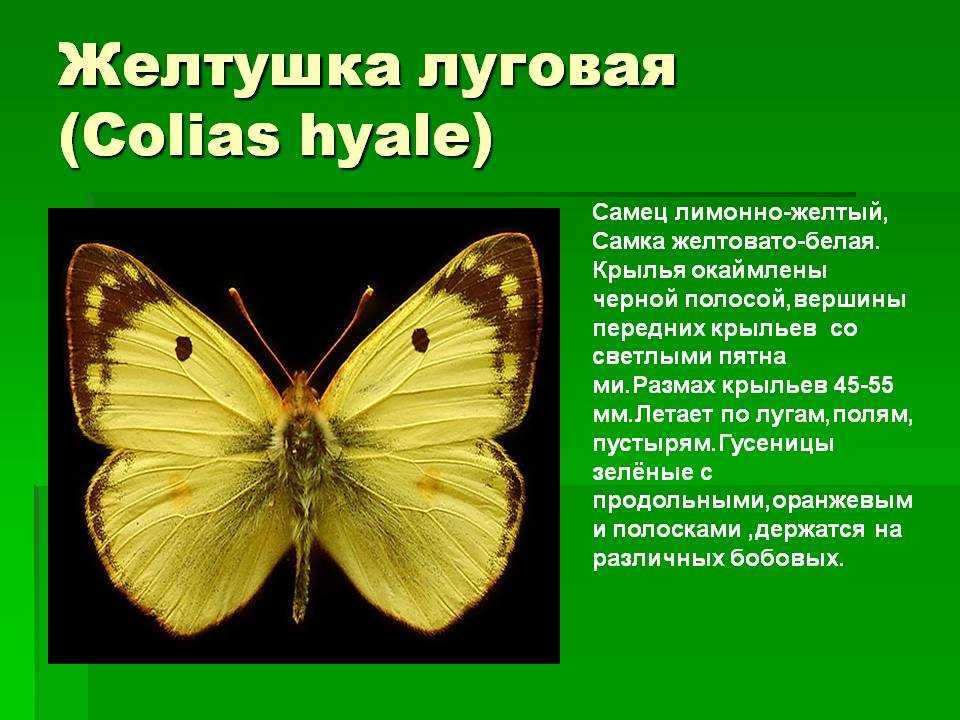
The world of butterflies amazes with its diversity of species. There are more than 180,000 species of butterflies on Earth, and these are just the ones known to scientists. All of them belong to the class of insects, the order Lepidoptera. Butterflies have unique colors and patterns on their wings, making them truly beautiful creatures.
Butterflies have their own characteristics in body structure. They have six legs and two pairs of wings. Some butterfly species can be very small, such as the microscopic lepidoptera, while others can be enormous, such as the atlas butterfly, whose wings can reach impressive lengths.
Butterflies live in a variety of places, from tropical forests to cold mountainous areas. They can adapt to different habitat conditions. Some species of butterflies migrate long distances, changing their location depending on the season.
Each species of butterfly has its own characteristics in behavior and nutrition. Some butterflies are predators and feed on other insects, while others prefer flower nectar. Interestingly, some butterflies feed on fruits, and some can even drink animal tears.
The important role of butterflies in the forest ecosystem

Butterflies play an important role in the forest ecosystem. They are pollinators of many plants, facilitating their reproduction and distribution. Butterflies feed on the nectar of flowers, and in the process of feeding they transfer pollen from one plant to another, which promotes pollination and the formation of new seeds.
In addition, butterflies are important links in the forest food chain. They serve as food for many animals such as birds, bats and insectivores. Thanks to butterflies, these animals receive the necessary nutrition and maintain their population in the forest ecosystem.
Butterflies also function as a biological indicator of the state of the environment. Changes in their abundance and diversity may indicate possible problems in the forest ecosystem, such as air pollution or habitat loss. Therefore, studying butterflies allows us to obtain information about the state of the environment and take measures to preserve and restore it.
So, butterflies play an important role in the forest ecosystem, serving as plant pollinators, food sources for other animals and biological indicators of the state of the environment. They represent an important link in forest biodiversity and its sustainable functioning.
Butterfly life cycle
The life cycle of butterflies goes through several stages: egg, caterpillar, pupa and adult butterfly. Each stage has its own characteristics and duration, which makes the life path of butterflies amazing and unique.
Egg
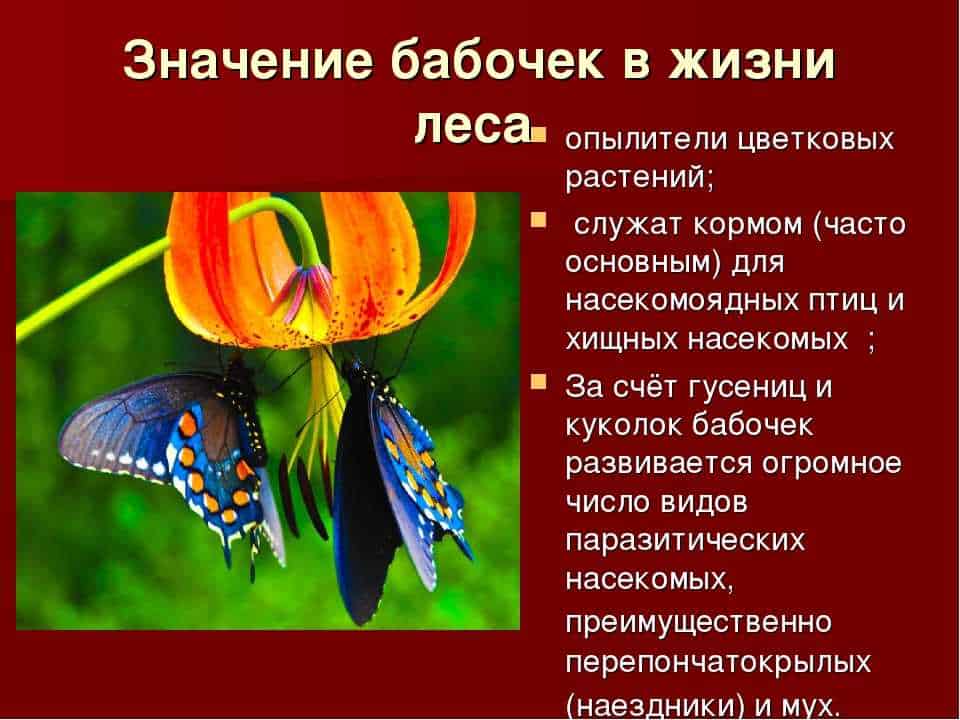
The first stage of the butterfly life cycle is the egg. Butterflies lay eggs on various plants that will become food for the caterpillars. The eggs are usually very small and come in a variety of shapes and colors. The incubation period can last from a few days to a few weeks, depending on the species of butterfly and the environmental conditions.
Caterpillar
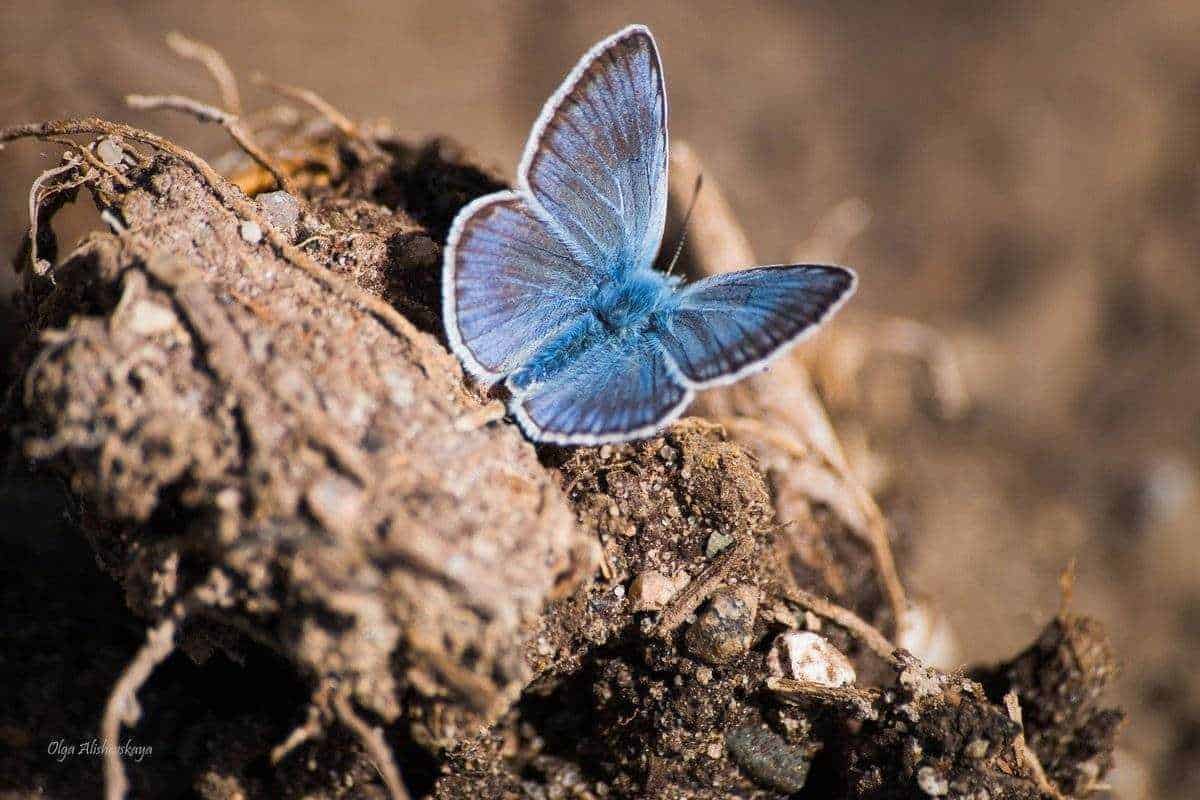
After hatching from an egg, a butterfly turns into a caterpillar. Caterpillars are active and appetizing creatures that feed on plants and are constantly growing. They periodically molt to renew their skin and may go through several stages of molting. Caterpillars can come in different sizes, colors, and shapes, depending on the species of butterfly.
chrysalis
Once the caterpillar reaches a certain size, it turns into a chrysalis. The chrysalis is a motionless, shell-protected stage during which metamorphosis occurs. Complex processes occur inside the chrysalis, resulting in the caterpillar turning into a butterfly. This stage can last from a few days to several months, depending on the species of butterfly and environmental conditions.
adult butterfly
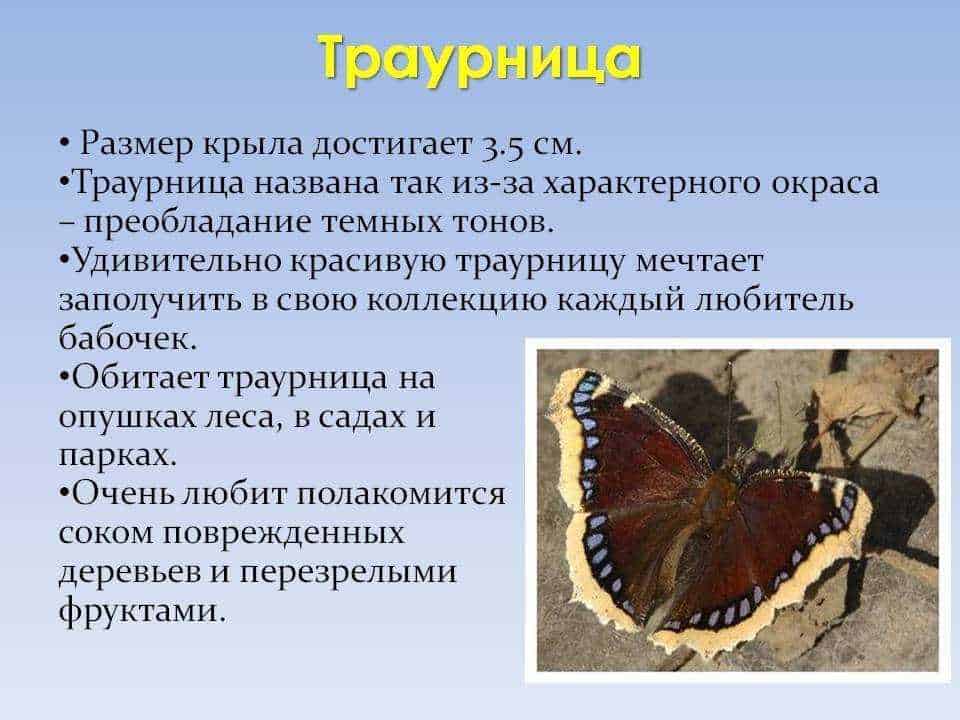
When metamorphosis is complete, the pupa splits and an adult butterfly emerges. Adult butterflies have wings that allow them to fly and move long distances. They also have a proboscis, which is used to feed nectar from flowers. Adult butterflies usually live for several weeks or months, but some species can live for only a few days.
Thus, the life cycle of butterflies is a fascinating and amazing process that reflects the beauty and complexity of nature.
Migration of butterflies in search of food and reproduction

Butterflies are amazing creatures that can migrate huge distances in search of food and breeding grounds. These delicate and colorful insects follow seasonal and environmental changes to find the best conditions for their life.
Butterfly migration is a complex process that requires well-developed orientation and navigation skills. Butterflies use a variety of methods to determine direction and distance, such as the sun's compass, the Earth's magnetic fields, and visual cues.
During migration, butterflies can travel enormous distances, covering hundreds and even thousands of kilometers. They can fly for weeks or even months, relying on their energy reserves and ability to feed during flight.
Search for food is one of the main goals of butterfly migration. They look for places where there are enough plants on which they can settle their eggs and feed on nectar. Butterflies have preferences for certain types of plants, which are their main food.
Reproduction is another important reason for butterfly migration. Many butterflies migrate to warmer regions to reproduce and ensure the survival of their offspring. They look for places with favorable conditions for laying eggs and developing caterpillars.
Butterfly migration is an amazing phenomenon that allows these delicate insects to survive and thrive in a variety of environments. They undertake incredible journeys to find food and breeding grounds, exploring the world around them and bringing beauty to our lives.
Butterfly habitat in forests
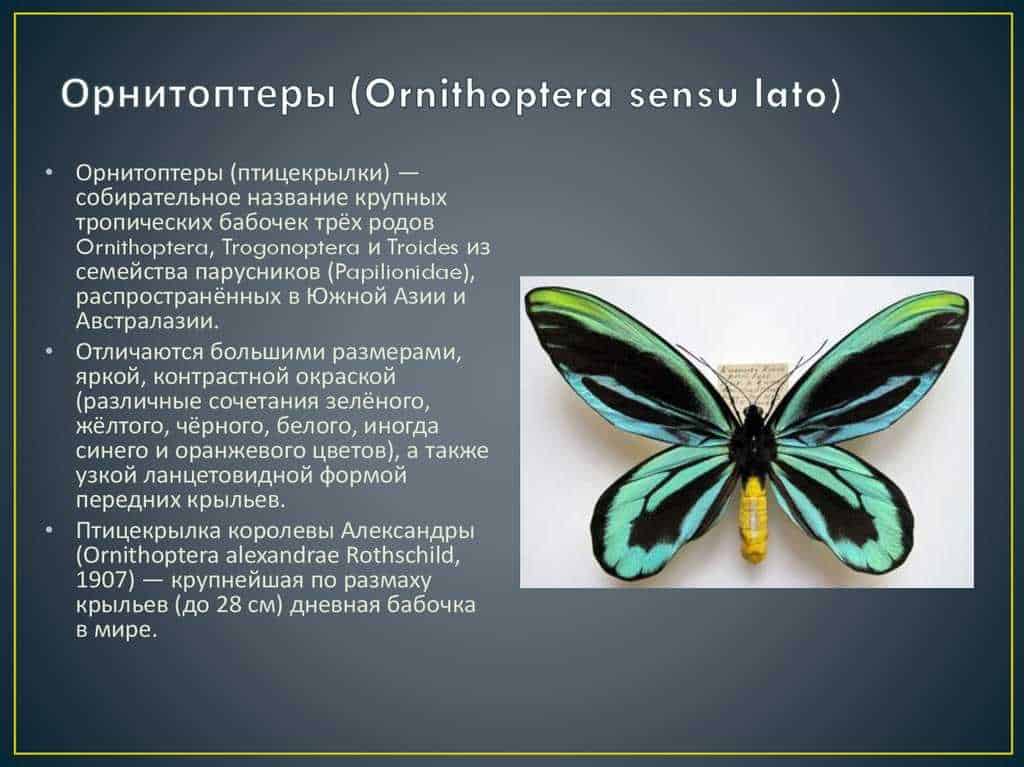
Forests are ideal habitats for butterflies due to their rich vegetation and diverse microclimates. Butterflies find food and shelter in forests, and also find conditions for reproduction and development.
Various species of butterflies can be found in forests, each preferring a specific type of habitat. Some species prefer forest edges, where they can find sunny areas to warm themselves and feed on the nectar of flowers. Other species prefer deep forest where they can find food and shelter among dense vegetation.
Butterflies also find their habitat in forest streams and lakes, where they can drink water and find food. They can also find food in trees and bushes, where they can be safe from predators.
It is important to note that the habitat of butterflies in forests may change depending on the season. Some species can migrate from one forest to another in search of food and breeding conditions. This makes forests an important place for preserving biodiversity and protecting butterflies.
Interaction of butterflies with other animals and plants
Butterflies play an important role in the ecosystem, interacting with other animals and plants. They are pollenizers, transferring pollen from one flower to another. Thus, they contribute to the pollination of plants and ensure their reproduction.
However, the interaction of butterflies with plants is not limited to pollinization. Some butterfly species use plants as food resources for their caterpillars. They lay eggs on plant leaves, and the caterpillars that emerge from the eggs feed on these leaves. Thus, butterflies influence the growth and development of plants, as well as their population.
In addition, butterflies are also food for other animals. Many birds, lizards, frogs and other predators feed on butterflies and caterpillars. This creates interconnections in the food chain and promotes balance in nature. Through this interaction, butterflies act as a food source for many animals, helping them survive and reproduce.
Nutritional characteristics and food preferences of butterflies
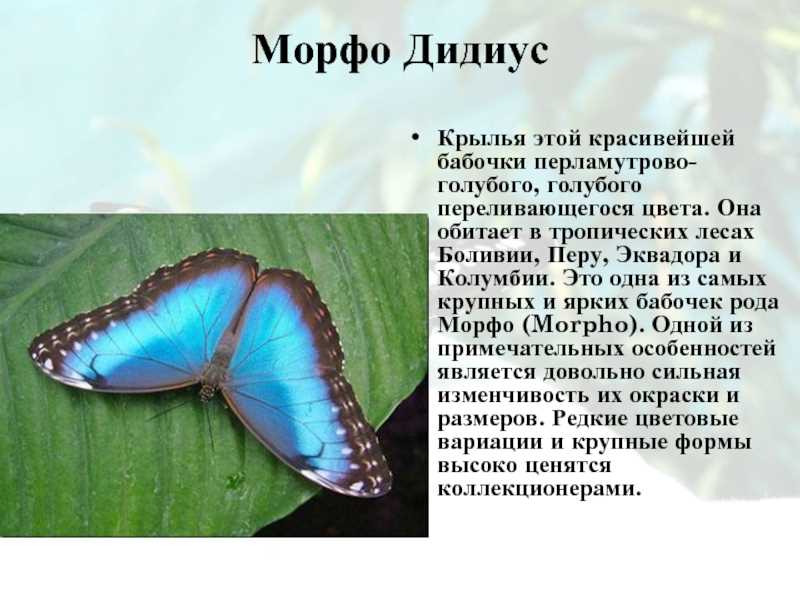
Butterflies are insects, so their nutrition comes from plant sources. However, not all butterflies feed on the same things. Depending on the species, butterflies may have different food preferences.
Most butterflies feed on flower nectar. They use their long and thin proboscis to suck sweet juice from flower calyxes. Butterflies are attracted to the bright colors and sweet scent of the flowers, which helps them find a food source.
However, there are also butterflies that do not feed on flower nectar. For example, caterpillars of moths of the moth family have different feeding habits. They feed on the leaves of various plants. Each butterfly species may have its own preferences in choosing plants to feed on.
In addition to flowers and leaves, some butterflies can feed on other sources. For example, some species of butterflies can drink the juices of rotten fruits or the juices of wounds on trees. There are also cases where butterflies feed on pollen, dust or even spiders.
Interestingly, some butterflies have special organs called "punctures" that allow them to feed on plant juices or other liquids. Such butterflies can pierce the skin of animals to get to blood or other nutrients.
Overall, butterfly nutrition is an important aspect of their life cycle. Lack of food can lead to their weakening and reduced reproductive capacity. Therefore, preserving food sources for butterflies is an important task when conserving biodiversity in forests.
Defense mechanisms and camouflage of butterflies
Butterflies have various defense mechanisms and skillfully use camouflage to survive in their habitat. One of the protective mechanisms is the evolutionary adaptation of wing color. Some butterflies have bright and colorful wings that serve to ward off predators. For example, lightning butterflies have a bright orange-black color, which warns of their toxicity.
Camouflage — another effective defense mechanism of butterflies. Many species of butterflies have special patterns on their wings that help them blend into their surroundings. For example, the owl butterfly has wings with a pattern very similar to tree bark, making it virtually invisible to predators.
One of the most amazing forms of camouflage in butterflies is the imitation of other dangerous animals. Some species of butterflies have wings with patterns similar to the eyes or horns of a lizard, which allows them to intimidate predators and avoid attacks.
In addition, butterflies may also use defense mechanisms such as distracting the attention of a predator. Some species of butterflies have the ability to secrete special pheromones or odors that distract predators and allow the butterfly to escape.
Threats and conservation of butterfly populations in forests

Butterfly populations in forests face a variety of threats that can negatively impact their numbers and diversity. One of the main threats is habitat loss. The destruction of forested areas for construction, agriculture and resource extraction results in a reduction in forest area and less available space for butterflies.
Additionally, the use of pesticides and insecticides in agriculture and horticulture can have a negative impact on butterfly populations. These chemicals can kill not only harmful insects, but also beneficial insects, including butterflies. Butterflies are important plant pollinators, and their disappearance could disrupt the ecosystem.
Another threat to butterflies is climate change. Global warming and changing weather conditions can lead to a shift in the habitat of butterflies and disruption of their life cycle. Changing temperatures and precipitation can affect food availability and breeding conditions for butterflies, which can lead to population declines.
To preserve the butterfly population in forests, it is necessary to take measures to protect and restore their habitats. This could include the creation of nature reserves and protected areas where deforestation and the use of chemicals are prohibited. It is also important to conduct educational work among the population about the importance of butterflies and the need for their conservation.
Controlling the use of pesticides and insecticides is also an important step. Safer pest control methods need to be developed and implemented to minimize negative impacts on beneficial insects, including butterflies.
In general, preserving butterfly populations in forests requires an integrated approach, including habitat protection, control over the use of pesticides, and public education. This is the only way to ensure the conservation of these beautiful and important creatures for our planet.

